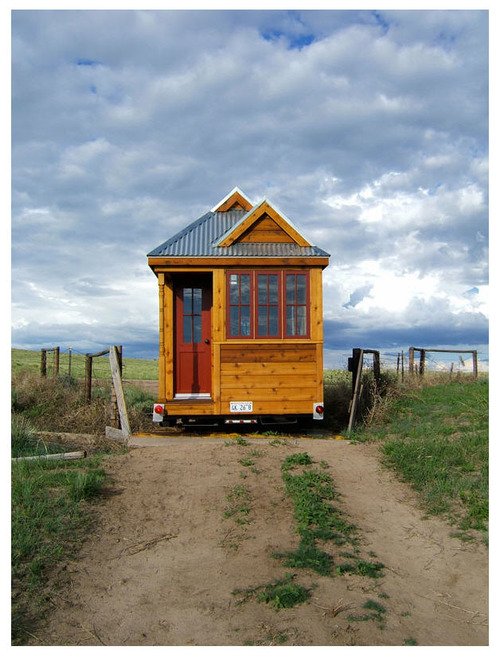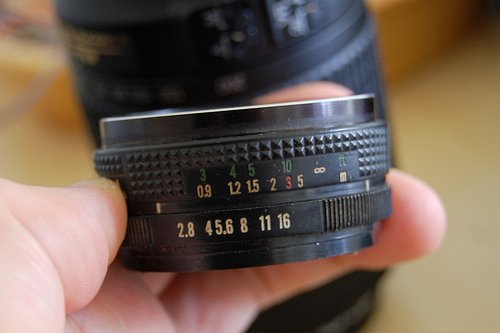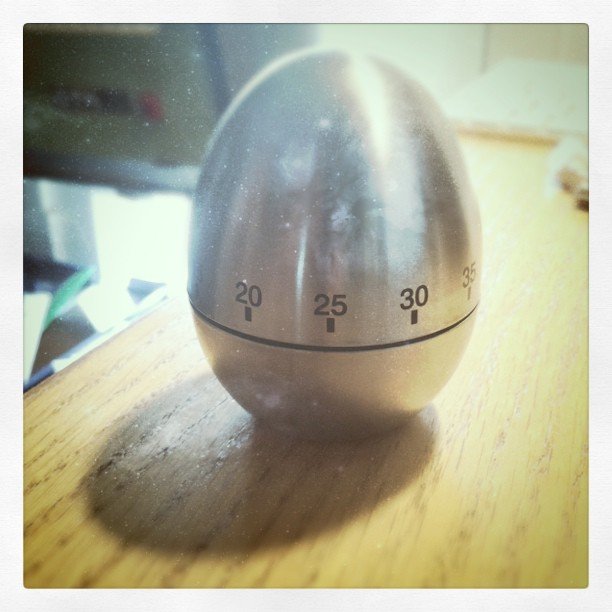It's been a while since we've talked about productivity. It's a topic that's always on my mind, and I'm sure you think about it too.
Lately, I've been asking myself questions like “how much did I actually accomplish today? this week? this month?” or “when is the best time for me to write a blog post?”
If you don't know the answers to these questions when it comes to your own work habits, I'd strongly recommend reading further.
The best part is that I haven't increased the hours that I work, only what I do and when. Also, I have to thank Shanna Mann for sparking this whole journey for me. Without her patient coaching, I'd have never embarked on re-working my whole productivity system.
Heatmap Your Day

If you've never done this before or never heard of it, I wish I could see the look on your face when you think “Duh.. I should have THOUGHT of that and DONE IT years ago”.
In order to really get behind this heatmapping thing, you have to acknowledge that not all hours of the day are created equal. There may be times where you can get into flow state and just crush that sales copy you've been procrastinating on, and there are other times when all you want to do is something mindless and tangible like fold laundry.
Heatmapping is just the technique that I used to figure out **when** during my day those times actually were. This is called productive capacity.
Full credit for this technique goes to the ever brilliant Charlie Gilkey at Productive Flourishing. According to Charlie:
I'd highly recommend that you check out the article, download the worksheet and give it a try for a few days. It doesn't take long to recognize the patterns in your work output.
Apps for Heatmapping
Naturally, being as technology focused as I am I wanted to find a good webapp or iOS app that could help me heatmap my day.
I found a lot of apps that are designed to help you set, track, and keep new habits that you'd like to acquire.
 Lift is just that type of app. In Lift, you browse through a library of “habits” that you'd like to aquire. These are things that you'd like to do every day like Floss, Meditate, and Inbox Zero. If you don't see the habit you'd like to form, you can add it.
Lift is just that type of app. In Lift, you browse through a library of “habits” that you'd like to aquire. These are things that you'd like to do every day like Floss, Meditate, and Inbox Zero. If you don't see the habit you'd like to form, you can add it.
Once you add a habit, you simply check in each time you do it. The app tracks your progress, and even includes a social feature. I received “props” from two other users after my first check-n on eating breakfast (something that I'd like to do more often).
Lift is neat, but still didn't meet my heatmapping needs, becuase it doesn't track things on an hourly basis- just on a daily one.
Enter: Daytum
Then there is Daytum, which features beautiful visualizations and the ability to track pretty much anything however you'd like. I didn't get too deep into it because I knew I would spend hours playing with it. Ultimately, it couldn't do what I wanted because it is again focused on tracking daily occurrences, not hourly ones.
There was also Mood Panda and TallyZoo (anyone else noticing an animal theme here?). MoodPanda seems just to be for tracking your mood, and TallyZoo is once again focused on tracking daily events- not hourly ones.
For instance, if one of my goals in TallyZoo was “write”, it would just start counting 1, 2, 3, 4, as I tapped the button. This data wouldn't be helpful for me because it just keeps a running total- it doesn't look at how many times you did it in an hour or an afternoon.
If you already have some kind of productivity system where you track what you get done like the Pomodoro Technique, see if you can amend it slightly by writing down the time you completed each task. You should be able to go back into your records after a few days and achieve the same results.
What to do once you've heatmapped
Once you have the data that you need, you can start planning your day around it. I always knew that I was the most productive in the morning, so that came as no surprise to me on my heatmap.
However, I found out that if I stay at my desk without interruption, I can extend my flow state well into the late morning- as late as 11AM. That means I can get a really solid chunk of high-function work done first thing.
I also discovered that I can get another boost of work done in the late afternoon- after 3pm and until dinner starts. This was a surprise- perhaps just the act of tracking my productivity over each hour of the day made metryto work during more times. Either way, it's nice to recognize that later day burst of energy.
In the meantime…
Have you ever tried heatmapping your day?
What are some ways that you've been able to make yourself more productive?
Did they involve finding new technology? Getting rid of it? Share your experience in the comments!













